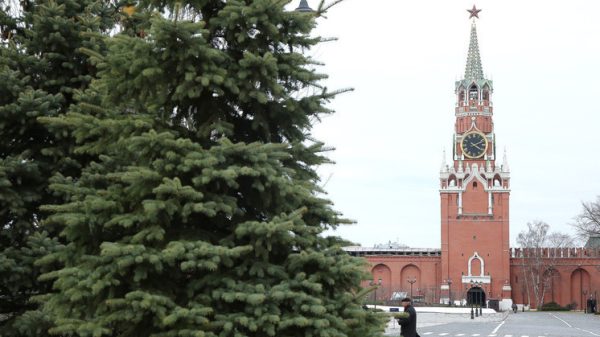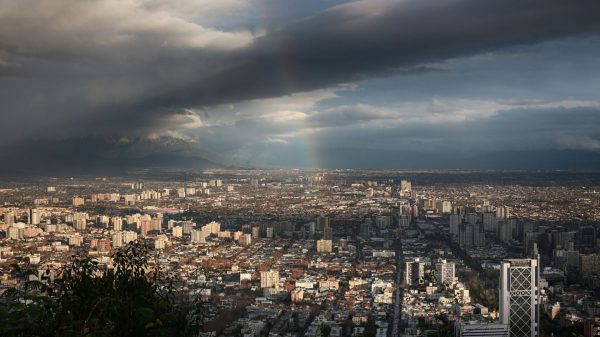Global warming and changing habits are leading animals to encounter predators
Researchers have found that global warming is pushing mountain goats to become more nocturnal, which could expose them to more encounters with predators . Changes in activity will lead to alarming consequences. Wolves are the main predator of mountain goats in the region and typically hunt under cover of darkness, according to the authors. In addition, mountain goats do not see well in the dark and live in very dangerous areas.

According to a new study conducted by the University of Sassari and the University of Ferrara in Italy, due to rising temperatures in the Alps, mountain Alpine goats change their daily routine and spend more time foraging for food at night. The team used GPS collars to track the animal's activity.
A study that compared the nocturnal activity of the mountain goat in two European national parks found that its nocturnal activity was higher in areas with more nocturnal predators, suggesting that the species' need to escape excess heat outweighs their desire to avoid danger.< /p>
“We expected higher levels of nighttime activity in Switzerland, where wolves were absent, but we found the opposite — it is higher in areas where there are predators,” researcher Francesca Brivio shared the results.
“For mountain goats, being nocturnal is a big problem,” added her colleague Stefano Grignolio.
This study is just one example of how people are changing the daily lives of animals, often resulting in them becoming more active at night. The first study, conducted in 2018 by the University of California, Berkeley, found that a range of human activities, such as walking or hunting, cause mammals of all species to be more active at night, from the United States and South America to Africa and Asia.
< p>Scientists point out that millions of years ago, most mammals were probably nocturnal. One reason was the presence of dinosaurs at the top of the food chain. The only way for mammals to survive was to evolve to become active and out of harm's way.
The situation changed about 65 million years ago, and mammals were able to find food during the day, scientists suggest. However, human activities—from farming on grasslands to riding motorcycles on country roads—have begun to change this evolutionary calculus, “stimulating a global increase in nocturnal activity in many mammal species.” Research has shown that in the mountains of western Colorado, bobcats have become more nocturnal in areas where people ski and snowmobile during the day. Coyotes and cougars in California's Santa Cruz Mountains show similar reactions where people walk, bike and walk their dogs. The fact that many species are becoming more nocturnal suggests they are adaptable.
“However, for many species that have evolved to be diurnal, the cost of being nocturnal can come at a cost,” says study author Francesca Brivio.
Low light may cause these animals to have trouble finding food and increase encounters with predators, which could ultimately lead to a decline in their population.
A similar study published in 2020 found that many medium-sized mammals, such as zebras, would spend more time searching for food at night if there were no lions nearby. In the presence of giant cats, they are more active during the day, subjecting them to a higher degree of heat stress. This means, according to the authors, that «carnivores limit the ability of ungulate prey to adapt to warmer conditions.»
Studies like this show that human activity is changing not only the habitat, but also what some scientists call «temporary landscape». Time, like space, is an ecological resource during which animals obtain food and sleep. Climate change is making some places on the planet uninhabitable — due to melting ice in the Arctic, polar bears are having to adapt. Importantly, this also increasingly makes certain times of day unsuitable for foraging and living.
























































Свежие комментарии